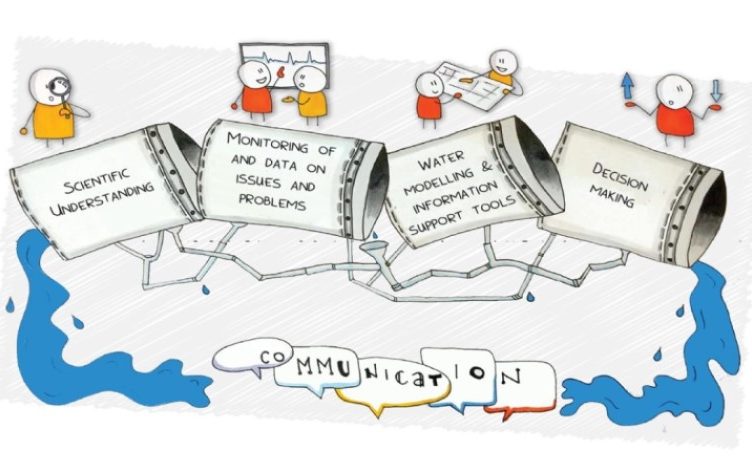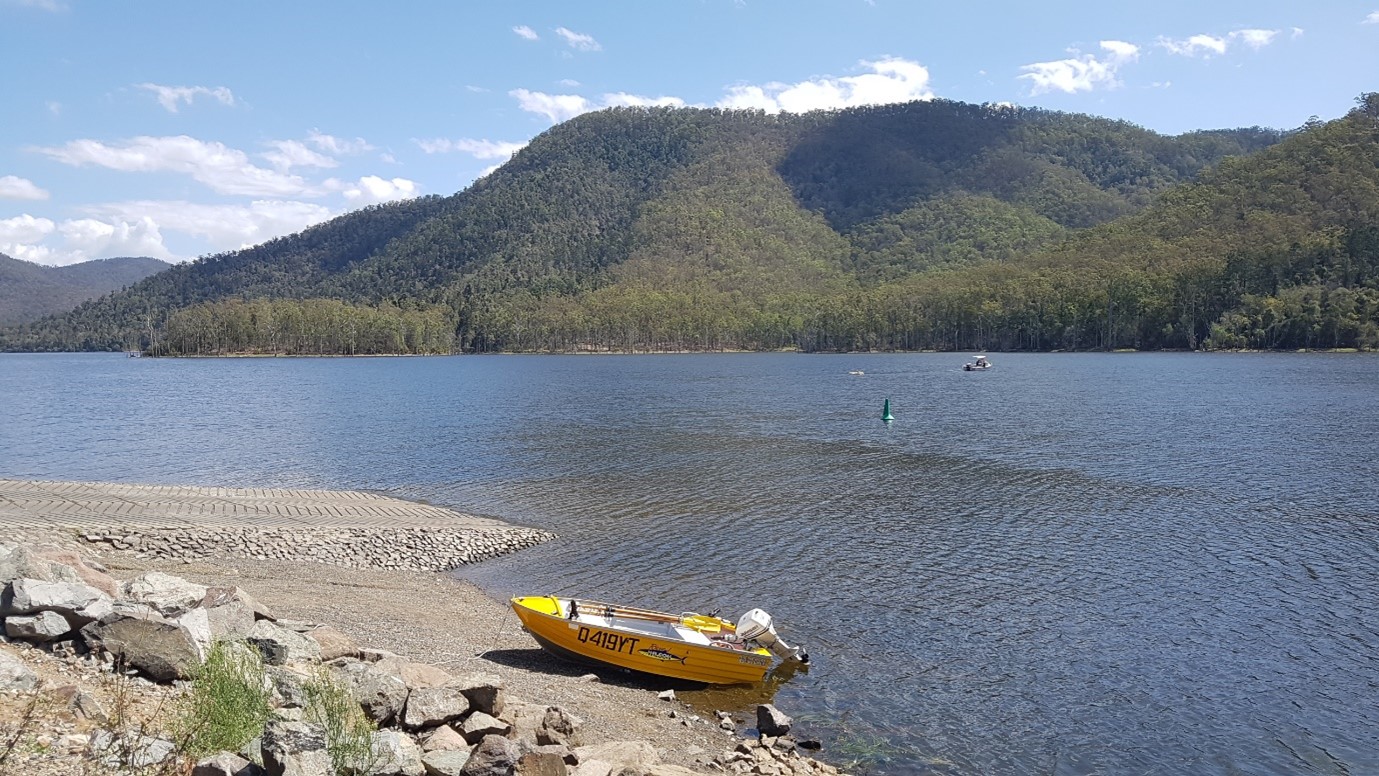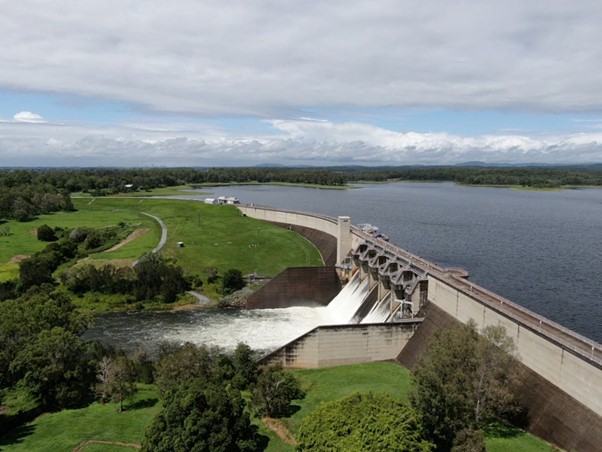
05/12/2024
Event Summary: Overview of water quality modelling projects from the Queensland Water Modelling Network with Callym Dunleavy
Read more
Best practice guidelines for water models can provide a valuable framework for conversations between different and within the same organisations involved in commissioning, delivering and reviewing outputs from water models. However, the existing guidelines for water models have so far provided little information about specific types of water models, lake models in particular, that could be used to inform decision making and develop techniques aligned to improving water management.
Lakes and reservoirs are critical natural resources and are often the central pillar of drinking water security for urban populations. Water security includes provision of adequate quantity of water as well as quality. A key quality component is water that is safe from contamination by chemicals or pathogens. A quantitative microbial risk assessment (QMRA) helps with understanding risks of pathogen contamination. Best practice guidelines for the application of lake hydrodynamic models to inform QMRAs will therefore help to ensure safe and reliable supply of drinking water.

Funded through the Queensland Water Modelling Network (QWMN) Small Grants, a consortium of partners, including Griffith University (led by Songyan Yu), Seqwater (led by Katrin Sturm), and The University of Queensland (led by Badin Gibbes), undertook the “Developing best practice guidelines for lake modelling to inform QMRA” project to map out the key steps required to develop guidelines for lake modelling to support the Australian water industry in QMRA modelling applications.
To achieve this objective, three Project Activities have been conducted. A key stakeholder workshop was held (Project Activity 1) in which participants from various water authorities, local governments and water utilities around Australia met to discuss and synthesise the common issues and needs of lake model users and stakeholders in QMRA-related modelling projects. Building on this, a series of expert interviews (Project Activity 2) and industry-wide surveys (Project Activity 3) were conducted to better refine the content and resourcing needs to advance a publication on best practice guidelines for the application of lake models to support QMRAs.

A list of common requirements/challenges faced by lake modellers to inform QMRAs was identified and refined through the three Project Activities. The list has been agreed upon by a relatively small but diverse and representative group of lake model users around Australia and can thus form a basis to further develop best practice guidelines for lake modelling to inform QMRA. The project team is now developing material to support funding for a second phase of the project that will enable the completion, publication and promotion of an advanced set of best practice guidelines.
For more information about this project, contact Dr Songyan Yu here.